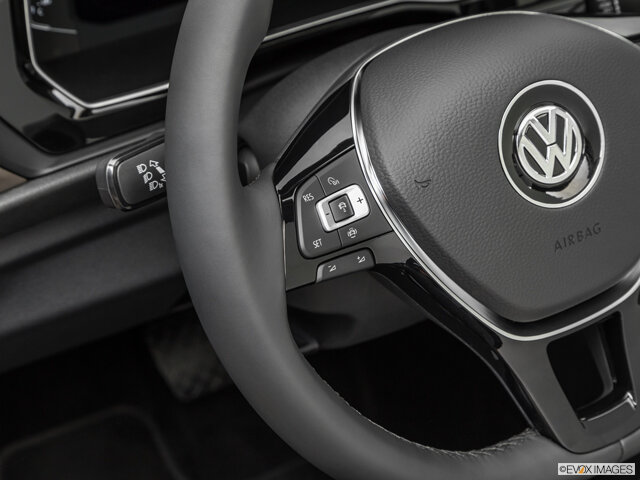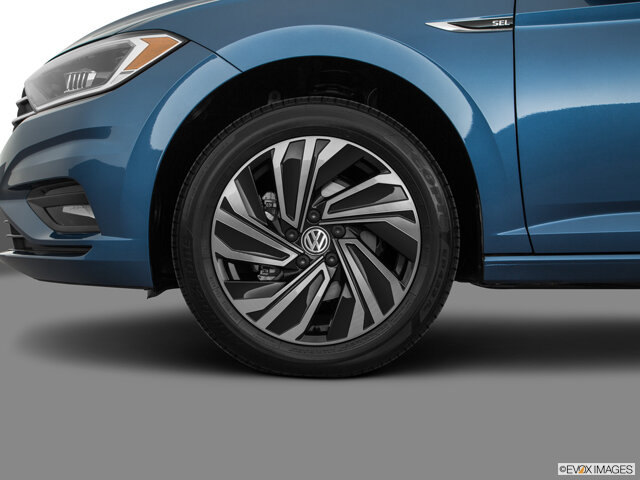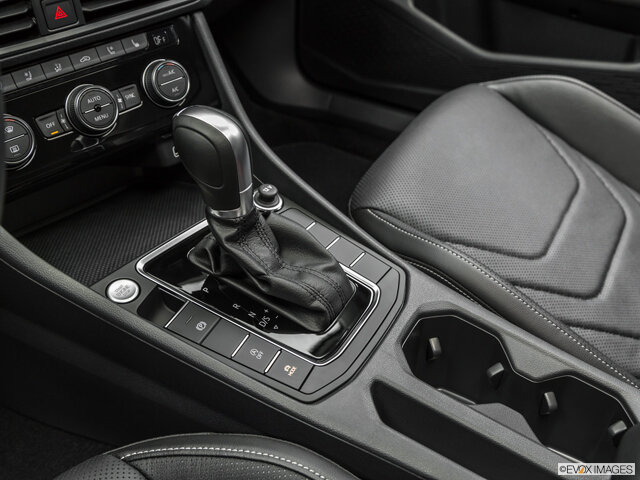To find the best car for the spending limit, buyers might scour dealership websites for deals and to better understand which lot offers the lowest prices. However, not every deal might be what it seems. There are few tips and myths buyers need to understand when shopping for a new car.
Here are 10 important car-buying tips to help buyers navigate the car shopping process:
- Shop at the end of the month or the end of the year.
- Understand trade-in values.
- Guaranteed trade offers might mean higher car prices.
- The low-priced new model might have few bells and whistles.
- Don’t negotiate based on the monthly payment.
- Visiting at the end of the day could backfire.
- Ask plenty of questions before driving off.
- Read the contract.
- Do your research.
- Understand your credit score.
Shop at the End of the Month (or Year)
The time you choose to shop for a car could impact the deal. Experts recommend that buyers shop for a car at the end of the month or even wait until the end of the year.
Why? Sales team members are usually trying to hit sales goals, and these goals might be broken down monthly, quarterly and/or yearly. As the end of the month, quarter or year creeps closer, the sales team might be more inclined to negotiate if they are in need of more sales to hit their goal.
Understand Trade-In Values
Car buyers who have a trade-in to offer up at the dealership will want to research the value of their vehicle. Understanding the value of a trade-in can help car owners get the best price for their car and perhaps even be in a better position to negotiate on this aspect of the car buying process.
Kelley Blue Book (KBB) is a trusted source for researching car values. Car owners can receive a valuation estimate by entering the VIN or license plate information or by the vehicle’s make/model (and year). KBB also will ask about the car’s color, trim and owners also will need to select any additional features in their vehicle.
In addition, KBB will ask for owners to choose the condition that best describes their vehicle. KBB includes a summary about each condition; car owners should read these descriptions and choose the condition that best describes their vehicle.
Boosting the car’s condition on the valuation tool will only skew the trade-in estimate; car owners won’t fool the dealership. Remember, they buy and value cars every day.
Once a car owner has included all the details about their car, KBB will show a trade-in estimate and a range, too. Car owners can print out the estimate and bring it with them to the dealership. Using KBB to research the trade-in value can help owners identify low-ball offers or even provide them with the data needed to negotiate.

Guaranteed Trade-In Offers Might Mean Higher Car Prices
Some car dealerships might offer a blanket trade-in offer for any vehicle—even those in poor condition. Receiving a few thousand dollars for a car that’s worth a few hundred dollars might seem like a major deal for the car owner.
Reader’s Digest explains that while the deals might seem to be amazing, the high trade in offer also likely correlates to a boosted sticker price. In other words, the dealership is paying more for the trade-in, but they also might be charging more for the car, too.
The Low-Priced New Model Might Have Few Bells and Whistles
Car buyers might be researching the same car model at multiple dealerships when they spot what looks like an amazing deal. There is a model that is priced incredibly low. What’s the catch?
It’s not that there is really a ‘catch’ so much as there might be few features on that car. As a Reader’s Digest article pointed out, the car might not even have power windows. In other words, that great deal might be the base model without any extras.
When shopping for cars at dealerships, the new models on the lot might have varying prices based on different trim levels and any upgrades, too. Before visiting dealerships, research the prices for the model and look at the price levels for upgraded trims, too.
In addition, many car manufacturers include a ‘build’ option that lets buyers choose their car and add different options to create their ideal vehicle. A sales price will be shown after the buyer chooses all their options and packages. These tools can help buyers understand how much they might expect to pay at the dealership.
Don’t Negotiate Based on the Monthly Payment
One of the most important tips for buying a new (or used) car is to refrain from revealing a monthly payment budget. This monthly payment limit allows for more negotiations on the dealership’s end.
If the dealership knows how much the buyer is willing to pay per month, they could offer longer loan terms to make a more expensive car more affordable. In addition, dealerships also might try to include other ‘extras.’ These little additions could include warranties or other offerings that comfortably fit into that monthly budget.
Instead of revealing a monthly payment budget, focus on the actual cost of the vehicle. For buyers unsure as to how a monthly payment budget translates into a purchase price, Nerdwallet offers a reverse auto loan calculator. Simply enter the monthly payment budget and other details to understand how much car that payment budget can purchase.
Visiting the Dealerships at the End of the Day Could Backfire
An article from KBB about the best times to buy a new car included a reference to a woman who shopped on New Year’s Eve. She ended up getting the lease deal she wanted, as a sales person wanted to leave to go to a party. The strategy of waiting out the dealership on a holiday sounds like an interesting plan for buyers, but, unfortunately, it also could backfire.
Some sales team members might simply want to leave and not negotiate. This buying technique could vary in its success based on the sales person and their overall patience (or lack thereof).

Ask Plenty of Questions Before Driving Off
Dealerships will likely explain all the car’s features to the new owner. However, if the buyer has any questions about the car, they should ask those questions before driving off the lot.
No driver wants to find themselves stuck driving in traffic or in another driving situation without knowing how to navigate the controls on their car. Ask about the car’s features and how to use those features.
Read the Contract
Before signing the contract to purchase the car, read everything. Maybe the interest rate is wrong, or the monthly payment seems higher than what was agreed upon. Buyers don’t want to be in a position where they get home and realize that they signed a contract that had hidden costs or higher costs.
Read the contract before signing it and don’t be afraid to ask questions.
Do Your Research
Before visiting a dealership, conduct plenty of online research. Check out prices at different dealerships, build the car via a manufacturer’s online tool and use Kelley Blue Book to understand the trade-in value of a car, too.
In addition, buyers also should research any available APR or lease deals that the dealership is offering. Not all buyers might qualify for the deals, but for those who do qualify, the deal could amount to some decent savings.
Understand Your Credit Score
A buyer’s credit score can influence the interest rate they receive. Higher scores typically correlate to better rates, while lower scores could lead to much higher interest rates. While consumers can receive a free credit report every 12 months, these reports won’t include the credit score.
However, sites like Credit Karma could let consumers view their credit score for free. These free scores might not be the exact numbers seen by lenders, but they should be similar enough to help buyers understand their creditworthiness or risk.
Other Buying Tips
While there are many additional tips that buyers could research to help them find the best car at the best price, perhaps one of the most crucial buying tips is for consumers to understand their budget. Knowing how much money a buyer can spend on a car helps them find models that are best for their finances.
Typically, experts recommend spending less than 10 percent of monthly take-home pay for a car payment. Those who have minimal monthly payment obligations, though, might choose to spend a little more.
Buyers also need to understand how much money they can afford to allocate for the down payment. For new cars, a 20 percent down payment is recommended. A new car depreciates around nine to 11 percent once it’s driven out of the dealership; if the down payment is too low, the car could be upside down in value immediately (this means that the car’s value is less than the loan balance or payoff amount).
As the Federal Reserve has boosted interest rates, some buyers might be waiting until car prices become more affordable (or interest rates start to fall) before buying a new car. However, for those who need a new ride now, researching the options and understanding the budget could be important tools to ensure that the best new car purchase.

